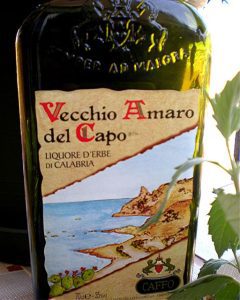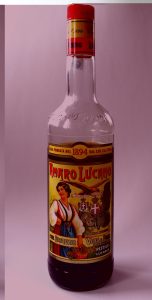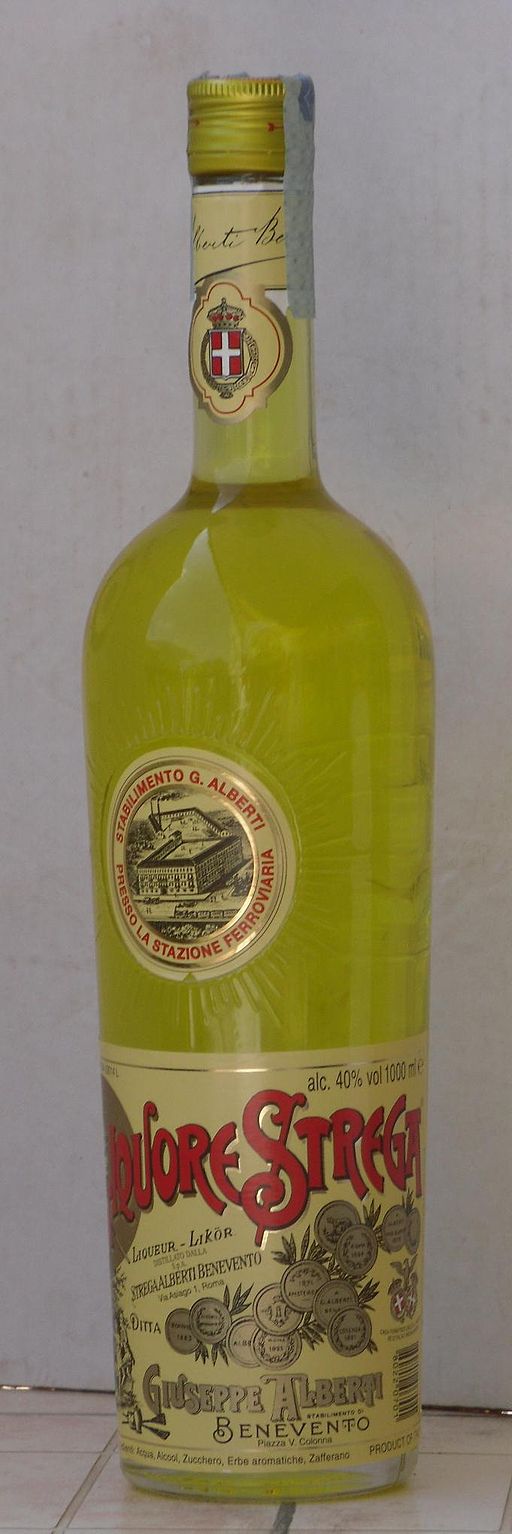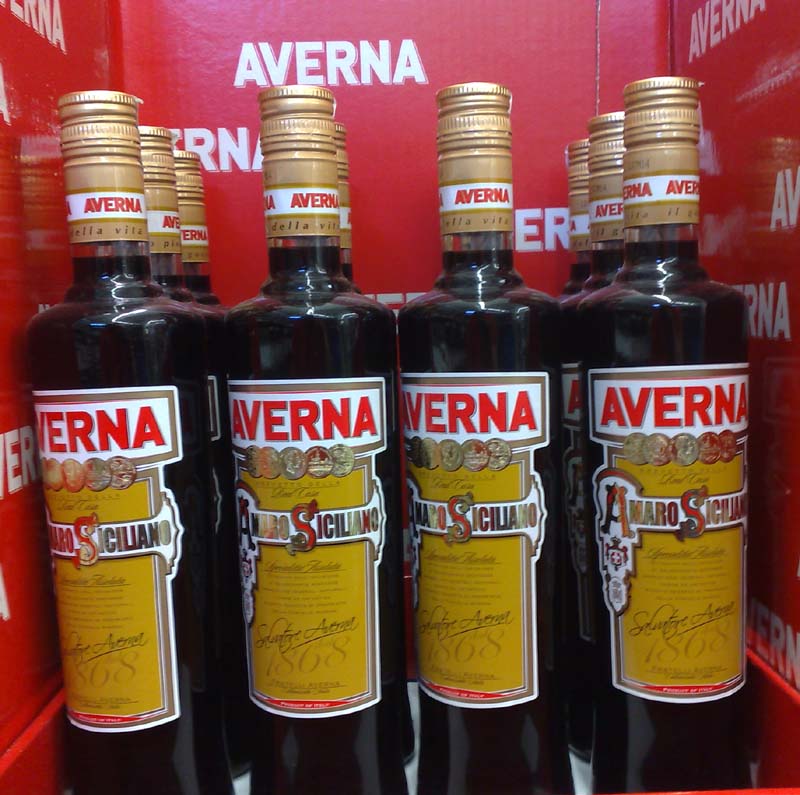In Italy, “si mangia bene” (you eat well) and it is very common for Italians to conclude their meals with an after dinner drink. However, this can be overwhelming for those who are not well-versed in Italian liquors.
What exactly are Italian liquors? Well, they are alcohols infused with herbs or other aromas typically served after a meal as a “digestivo” (digestive) or as an “ammazzacaffè” (coffee killer) after coffee to “kill” its taste.
Here is our simple guide to Southern Italy liquors to help you get the most out of your Italian dining experience by doing as the Italians do and choosing the perfect post-meal drink.
Campania
Undoubtedly one of the most famous Italian liquors, Limoncello, hails from the Amalfi Coast where lemons are super-sized and rich with flavor. This “sunny” tasting digestive has a vibrantly cheerful yellow color and a refreshing tangy taste created by lemon rinds infused in alcohol and then mixed with a simple syrup. Although this liquor is served after meals all year round, it is especially appreciated during the hot summer months served in frozen shot glasses.
Concerto is one of the oldest liquors found in this region of Italy. This ancient recipe, originally made by the monk in the monastery at Tramonti, takes patience and time. Its name, which means “concert”, is probably due to the fact that it is made up of a “harmony” of 15 different herbs and spices such as licorice, aniseed, cloves, nutmeg and cinnamon to name a few, which are left to marinate in alcohol for 40 days after which is then added to sugar, barley, coffee and eventually orange and lemon rind. But, wait! After it has been bottled it must rest for another two months before being consumed.
In the town of Benevento, you will find a bewitching yellow-colored liquor called Strega (witch) which is only fitting since Benevento has also been dubbed the City of Witches. Ancient folklore says it has long been a gathering place for witches. This liquor, typically consumed after meals, is a concoction of over 70 different ingredients including mint and fennel and saffron.

Calabria
Probably the most popular liquor of this region is Vecchio Amaro del Capo, commonly used as an “ammazzacaffè”. Originally created by monks for medicinal purposes, this liquor has a unique blend of flowers, roots, herbs and fruit from this region. Don’t let the name “amaro” (bitter) turn you off; although this liquor has a kick to it, it actually has a subtle sweetness with a strong aromatic taste. To get the most out of this liquor, it should be consumed ice cold (-20C) in frozen shot glasses to enhance the variety of flavors.
Liquore alla Liquirizia is another well-known liquor made from the root of Calabria’s licorice plant which grows in abundance in this southern part of Italy and is believed to be the best in the world. One of the oldest and authentic liquors is produced by Amarelli. It was started by the Amarelli family in Rossano and has been in business since 1731. Liquore alla Liquirizia is very versatile as it can be used as a digestive, a refreshing drink as well as an aperitif.
Puglia
If you find yourself in Puglia, specifically in Altamura in the province of Bari, you will definitely find Padre Peppe on the menu. This walnut liquor is without a doubt one of the most famous liquors of this region. Originating in a local monastery, this popular drink was invented by a monk during the early 19th century and is made with crushed walnuts infused in alcohol along with herbs and spices, which are sealed in oak barrels and left to age for four years. They say good things come to those who wait, and this is definitely true for this aromatic, dark colored and intense flavored liquor.
Sicilia
There is a variety of liquors you’ll find in this part of Italy. One of the most popular liquors is Amaro Averna; originally created by monks for medicinal purposes. This liquor, drunk mainly after meals to help digestion, is made up of citrus rinds, herbs, roots and caramel, aged in barrels giving it a slightly bitter taste.
If you’re a chocolate lover, and let’s be honest who doesn’t love chocolate?! Then keep your eyes open for Liquore di Cioccolato. Hailing from Modica, near Ragusa, this delicate liquor is a heavenly blend of chocolate and alcohol. It should be served cold as a dessert and is great with ice cream or fresh fruits.
Mandarins are a typical Sicilian fruit rich with flavor and an intense fragrance. Using the same process as limoncello, Mandarinetto is made with Mandarin peels infused in alcohol. You will know this liquor by its rich red/orange color and aroma. It is typically served cold in chilled glasses after meals as a digestive.
Rosolio di Fico d’India (Prickly pear liquor) is typical of the Mount Etna region where prickly pears grow on the slopes of the volcano. This liquor is sweet like the fruit and should be served cold. It is a great when accompanied with typical Sicilian sweets.

Basilicata
In this region, you will find another amaro, Amaro Lucano, originating in a small village called Lucania in the Province of Matera. What started out as a secret family recipe eventually became the official amaro for the Royal House of Savoy and has since become recognized internationally. It is a bitter-sweet flavored liquor usually consumed after meals as a digestive. It can be served at room-temperature, chilled with ice or with an orange peel.
If an amaro isn’t your thing, other typical liquors from this region are Liquore di Noci (walnut liquor) and Liquore di Cedro (citron liquor)
Molise
Liquore Poncio is a traditional liquor in Molise and in particular Campobasso were it originated from in 1840. This liquor is typically prepared during the Christmas season and paired with another local Christmas treat, “I Pepatelli”, similar to an Italian coffee biscuit. But, don’t fret; you can have this liquor as a digestive or “ammazzacaffè” at any time of the year. The liquor follows an ancient recipe where citrus peels and spices are soaked in alcohol and then added to burnt sugar, giving it its dark color. It is then drained and bottled pure, with no additives, preservatives or colorings.
Happy drinking!!
Heading to southern Italy? Check out our custom vacations and private tours.
Image Credits: Calum Tomney, Andrea, Dedda71, AlMare










